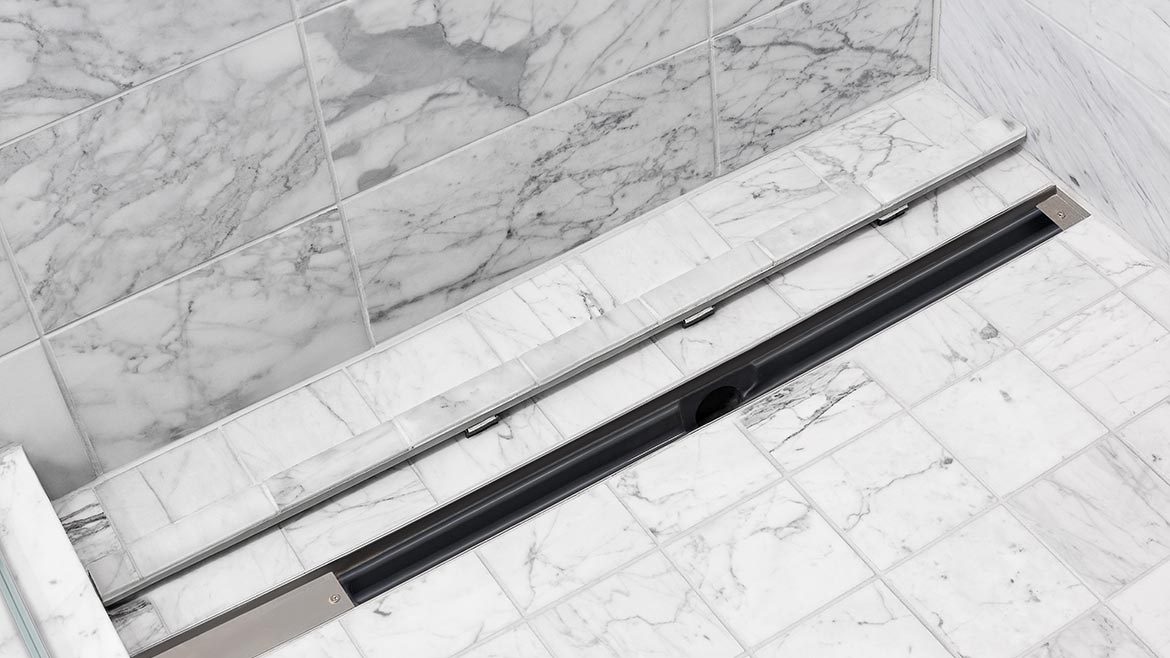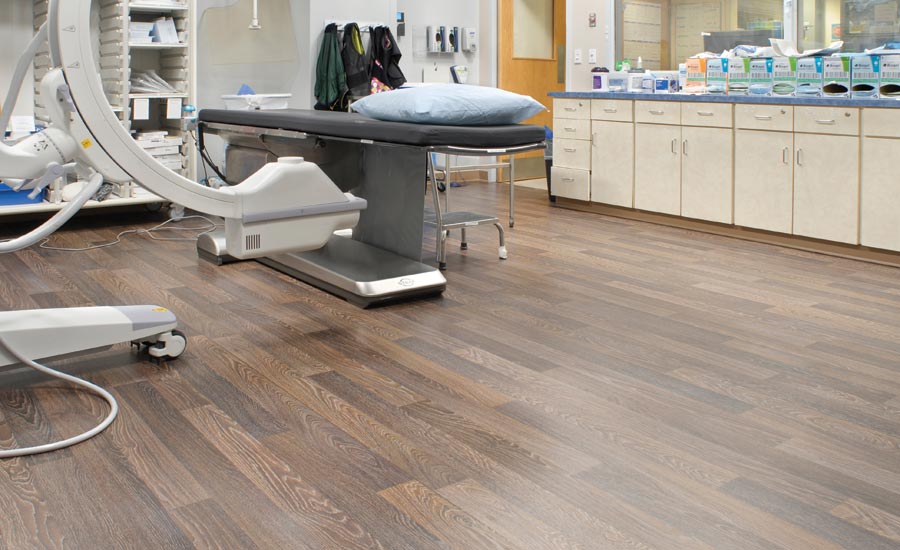I am passionate about resilient flooring. It not only pays the mortgage, but it gets the creative juices flowing. I have spent over 18 years either working in or running technical departments, and like so many of us, I spent many years working on my knees while perfecting my craft. Like those of us who are passionate about our industry, I am very proud of my achievements, one of which was winning every category of the Floorcovering Fitter of the Year competition in the United Kingdom—still an unmatched achievement that I was honored to receive.
This may be surprising, but it has been argued that resilient flooring as a product was first created by people walking on animal feces in homes shared with sheep and other livestock to keep them safe at night. This compressed the “material” – creating a hard-surfaced and resilient floor covering, and although cleaning was not yet a consideration, it did undergo the first formulation change when mint was added for obvious reasons.
Resilient flooring evolved with rubber floor tiles, which date back to the 12th or 13th century. However, it was the development of the vulcanization process centuries later that made rubber a viable commercial resilient flooring. Linoleum was the first sheet flooring, patented in 1860, and it remained a popular choice right up until the end of World War II. Cork tiles arrived in 1904 and sales peaked in the 1920s when asphalt tiles were introduced and continued as the popular choice until the 1960s. Skipping past the asbestos period, the popularity of linoleum declined because of the easier to clean and durable vinyl flooring, including the very popular vinyl composition tiles (VCT) and solid vinyl tiles. Growing demands for performance saw the arrival of cushioned vinyl, then came the drive for greener products, bringing back the Linoleum, cork and rubber flooring. We even have various combinations of these along with “PVC free” flooring made from polyester or polyolefin.
Some impressive developments have happened over a very long time, and much more is happening today. We have flexible resin-based terrazzo tile which allows it to be shaped when required. Manufacturers are investing in developing greener, easier to install products. We have the evolution of vinyl tiles, or luxury vinyl tile or plank (LVT/LVP) which is simply a marketing term for heterogeneous vinyl tile or plank flooring. Each layer is specifically engineered to enhance the performance characteristics of the product: everything from enhancing the bond, acoustic characteristics, dimensional stability and clarity of the print film along with “no wax” wear layers and top surfaces.
Rigid-core products of various qualities and types of construction are now available, with either direct bond or click installation methods. Xcore Connect by Mats, Inc., is one that uses a mineral core that improves the dimensional stability and impact resistance. The pre-applied base layer provides outstanding sound absorption, and on properly prepared subfloors moisture testing is not required. All of these developments are intended to make the subfloor preparation and subsequent flooring installation much easier and faster. A sister product for walls called Xcore Ascend uses the same technology for its thinner core, giving greater dimensional stability and allows for a peel-and-stick installation method that surely cannot get any faster or easier.
Other new developments are available, such as commercial bio-polyurethane flooring, available in either sheet, tiles or planks—an entirely new class of resilient flooring produced from nearly 90 percent rapidly renewable and natural raw materials including canola oil (harvested from rappa seed), castor oil (harvested from castor seed) and chalk. When you consider all of the improvements in the installation methods as well as the new products that are coming soon, these are indeed exciting times in our chosen profession.
And just for the record: I personally prefer mint with my lamb, not my floor.















